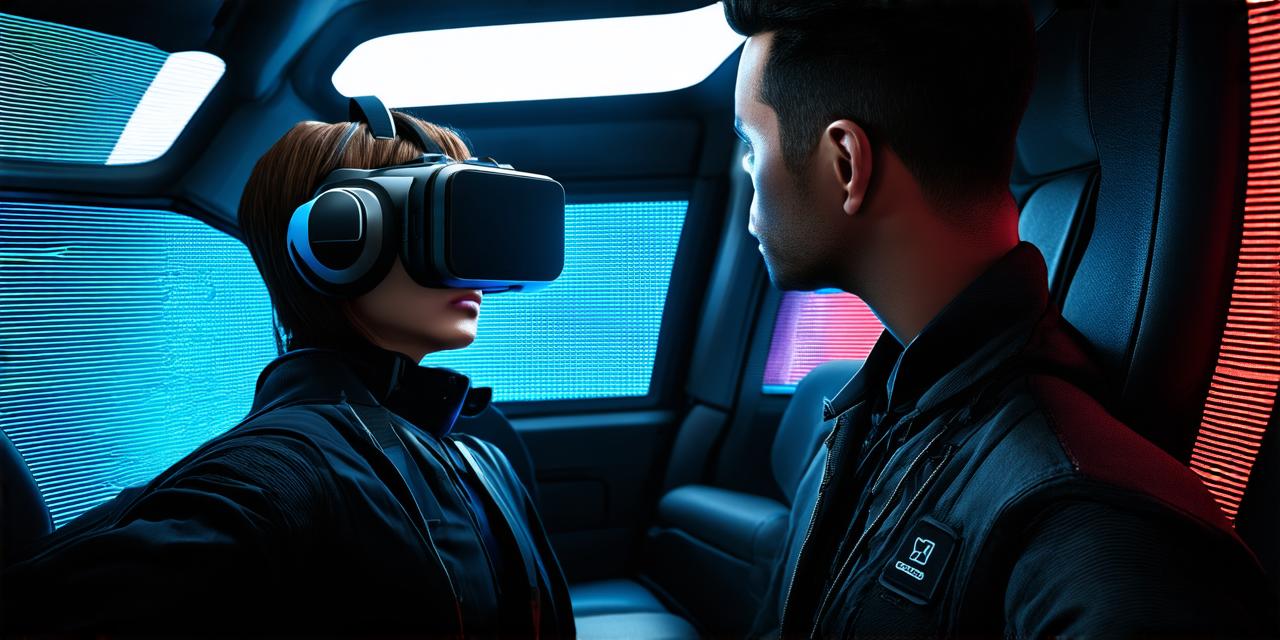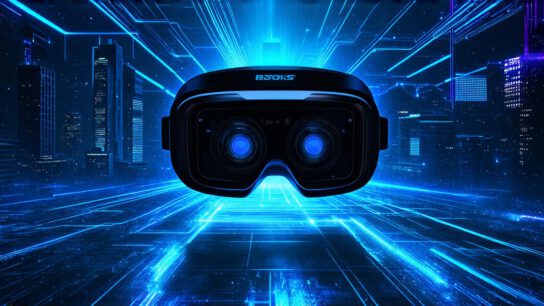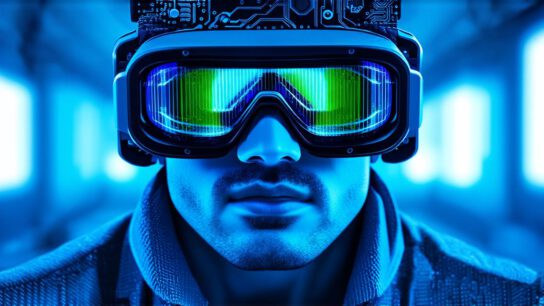<!DOCTYPE html>
Causes of Motion Sickness in VR
Motion sickness is a condition that occurs when the inner ear, which is responsible for maintaining balance and equilibrium, is disrupted by rapid changes in head movement or position. In VR, motion sickness can be caused by several factors:
- Inadequate tracking: When the VR system’s sensors are not able to accurately track a user’s movements, it can lead to motion sickness. This can happen when the sensors are not positioned correctly, or when there is too much clutter in the room that blocks the sensors from seeing the user’s movements.
- Rapid changes in movement: VR experiences often involve rapid changes in movement, such as jumping or running. These sudden changes can cause motion sickness, particularly if they occur frequently or for extended periods of time.
- Lack of visual cues: The brain relies on visual cues to maintain balance and orientation. In VR, if these visual cues are not present, it can lead to motion sickness. This can happen when the user is in a dark room with no windows or when they are wearing headphones that block out their surroundings.
- Perspective: The way the VR experience is designed can also contribute to motion sickness. For example, if the experience is designed from a first-person perspective, it can be more disorienting and lead to motion sickness than if it is designed from an outside perspective.
Symptoms of Motion Sickness in VR
Motion sickness in VR can manifest in several ways:
- Nausea: Feeling nauseous or sick to the stomach is a common symptom of motion sickness in VR. This can be accompanied by dizziness, headaches, and fatigue.
- Disorientation: Users may feel disoriented or confused when using VR. This can make it difficult for them to navigate or interact with their surroundings.
- Vertigo: Some users may experience vertigo, which is a spinning sensation that occurs in the inner ear. This can be particularly disorienting and dangerous, especially if the user is standing or sitting
- Eye strain: Prolonged use of VR headsets can lead to eye strain and dryness. This can be uncomfortable and make it difficult for users to focus on the experience.
Treatments for Motion Sickness in VR
There are several treatments available for motion sickness in VR, including:
- Anti-nausea medication: Anticholinergics such as Dramamine can help reduce nausea and disorientation caused by motion sickness in VR. These medications work by blocking the action of a chemical that causes nausea in the inner ear.
- Eye exercises: Certain eye exercises, such as following a moving dot with your eyes or focusing on a stationary point while moving your head, can help reduce symptoms of motion sickness in VR.
- VR settings: Some VR systems offer settings that can help mitigate motion sickness, such as reducing the frame rate or adjusting the field of view.
- Breaks: Taking regular breaks from VR use can also help prevent motion sickness. This allows the inner ear to adjust to changes in movement and orientation.
- Physical activity: Engaging in physical activity before using VR, such as a brisk walk or jog, can help reduce symptoms of motion sickness by stimulating the inner ear and improving balance and coordination.
Case Studies and Personal Experiences
<p



